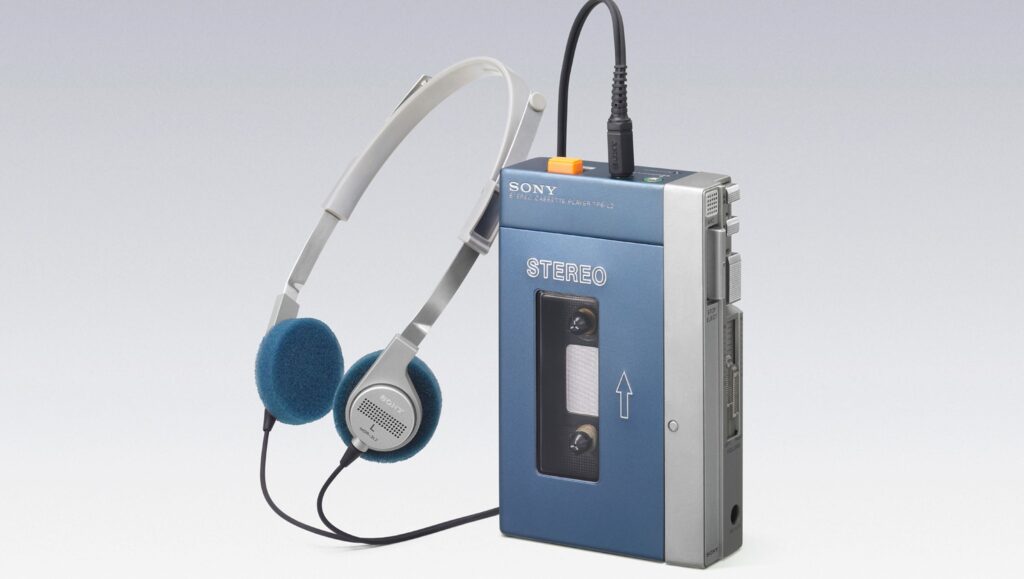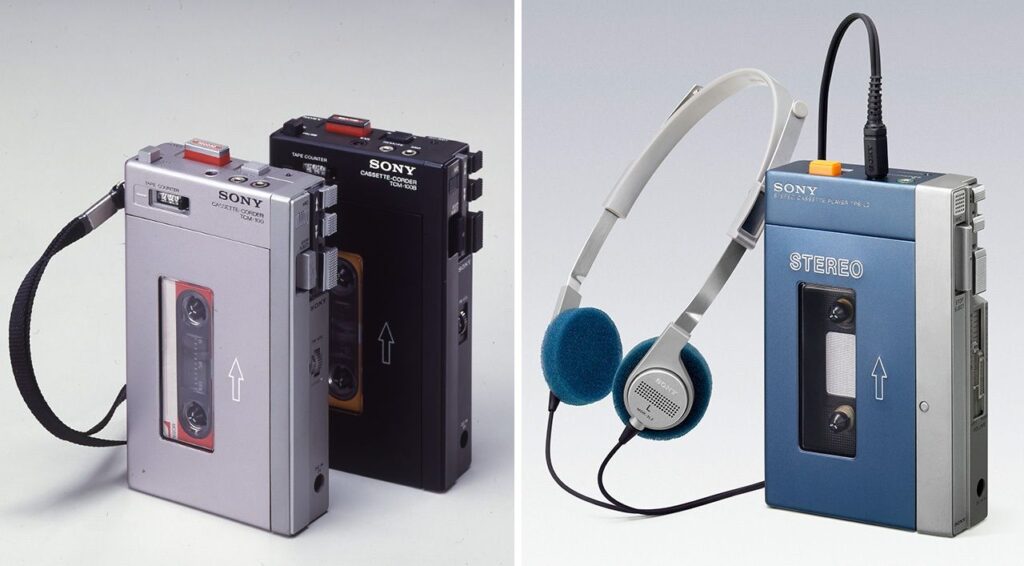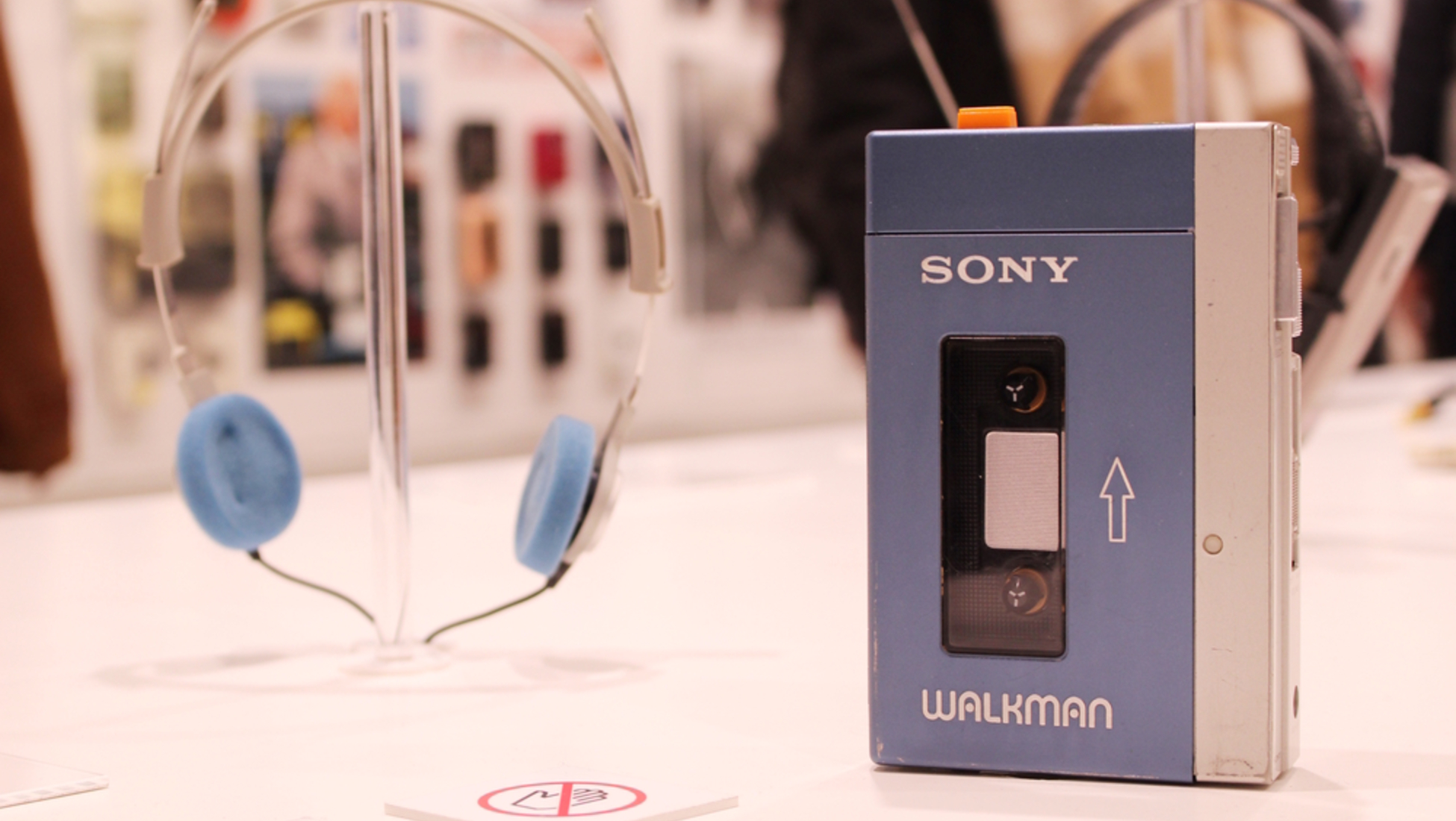Introduction
In the realm of music and technology, few innovations have had the impact and cultural significance as the Sony Walkman. The Walkman, introduced by Sony in 1979, revolutionized the way people listened to music, enabling them to carry their favorite tunes with them wherever they went. In this article, we will delve into the fascinating story behind the creation and evolution of the Sony Walkman, exploring its rise to popularity, its impact on the music industry, and its lasting legacy.
Evolution of Portable Music Players
Before we delve into the story of the Sony Walkman, it’s essential to understand the context in which it was introduced. Portable music players had been around for decades, with various iterations attempting to provide music on the go. However, these early devices were often bulky, limited in functionality, and lacked the true portability that consumers desired.
The Birth of the Sony Walkman

A Visionary Idea
In the early 1970s, Sony’s co-founder, Masaru Ibuka, had a vision for a compact, lightweight music player that could be easily carried and enjoyed by individuals on the move. Inspired by the personal experiences of his daughter, who wished for a more portable way to listen to music, Ibuka embarked on a mission to create a groundbreaking device that would change the way people interacted with music.
The Development Process
Under the leadership of Sony engineer Nobutoshi Kihara, the development of the Walkman began in earnest. The team faced numerous challenges, such as miniaturizing the components, ensuring high-quality audio output, and extending battery life. After months of relentless efforts and technological innovations, the first prototype of the Sony Walkman was finally unveiled.
The Launch and Initial Reception
The TPS-L2: Sony’s First Walkman
In July 1979, the Sony Walkman made its official debut with the release of the TPS-L2 model in Japan. The TPS-L2 was a compact cassette player that came with lightweight headphones, allowing users to listen to their favorite tapes privately and conveniently. The device was an instant hit, capturing the imagination of music lovers and travelers alike.
The Impact on Music Culture
The introduction of the Walkman not only transformed the way people consumed music but also created a cultural phenomenon. The ability to personalize the listening experience and escape into a world of music, irrespective of one’s surroundings, struck a chord with millions of individuals. Commuters, joggers, and travelers embraced the freedom and immersive experience that the Walkman offered, making it a symbol of personal expression and lifestyle.
Global Expansion and Product Innovation
Buoyed by the overwhelming success in Japan, Sony wasted no time in expanding the availability of the Walkman to international markets. By 1980, the Walkman had reached the United States and Europe, further solidifying its position as a global phenomenon. Sony continued to innovate, releasing new models with enhanced features and capabilities, including radio tuners, auto-reverse functionality, and improved sound quality.
The Walkman Effect: Transforming the Music Industry
The Rise of the Cassette Tape
The Sony Walkman played a pivotal role in popularizing the cassette tape format. As the demand for portable music surged, so did the sales of prerecorded cassette tapes. Artists and record labels quickly recognized the potential of the format, leading to a significant increase in cassette tape production and sales. The Walkman’s success fueled the growth of the cassette market, making it the dominant physical music format for the next decade.
Accessibility and Music Piracy
The widespread adoption of the Walkman also had unintended consequences. With the ability to easily copy and share tapes, the Walkman inadvertently contributed to the rise of music piracy. Homemade mixtapes became popular, allowing individuals to curate their own playlists and share them with friends. While this presented challenges for the music industry, it also opened up new avenues for music discovery and grassroots promotion.
Influence on Design and Technology
The success of the Sony Walkman had a profound impact on the design and technology industries. The compact and sleek design of the Walkman inspired a wave of miniaturized consumer electronics, leading to advancements in portable radios, CD players, and ultimately, the MP3 players and smartphones of today. The concept of portable personal entertainment became deeply ingrained in our culture, thanks to the pioneering efforts of the Walkman.

FAQs
What was the first Walkman model released by Sony?
The first Walkman model released by Sony was the TPS-L2.
When was the Sony Walkman introduced to the market?
The Sony Walkman was introduced in 1979.
How did the Walkman impact the music industry?
The Walkman popularized the cassette tape format, leading to increased cassette sales and the rise of music piracy.
Did Sony release other versions of the Walkman?
Yes, Sony released numerous versions of the Walkman with enhanced features and capabilities.
What were the unintended consequences of the Walkman’s success?
The Walkman inadvertently contributed to the rise of music piracy due to the ease of copying and sharing tapes.
Did the Walkman influence other industries?
Yes, the Walkman had a significant impact on the design and technology industries, inspiring advancements in portable consumer electronics.
Conclusion
The Sony Walkman’s story is one of innovation, cultural impact, and enduring legacy. Its introduction marked a turning point in the way we consume music and paved the way for the portable music players that followed. The Walkman’s influence extended beyond the realm of music, shaping design trends and technological advancements for years to come. Today, we owe a debt of gratitude to the Sony Walkman for allowing us to carry our favorite tunes in our pockets and experience the joy of music wherever we go.

